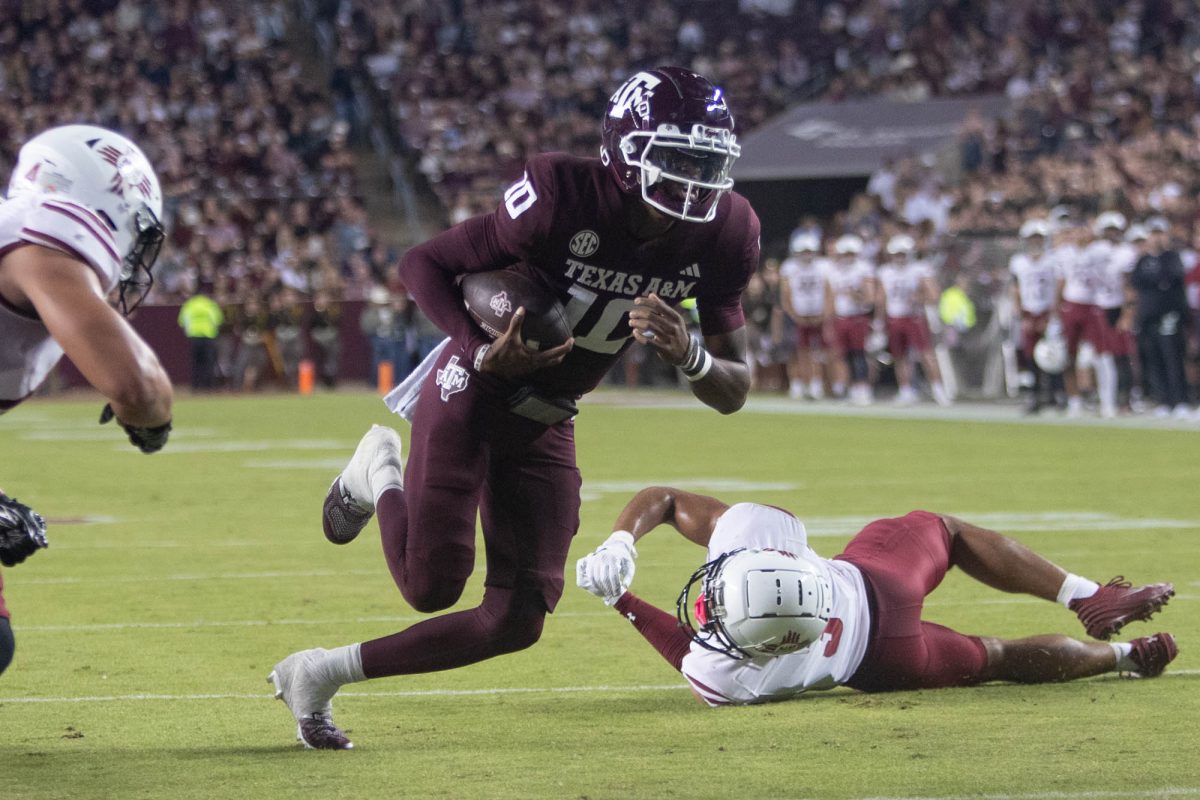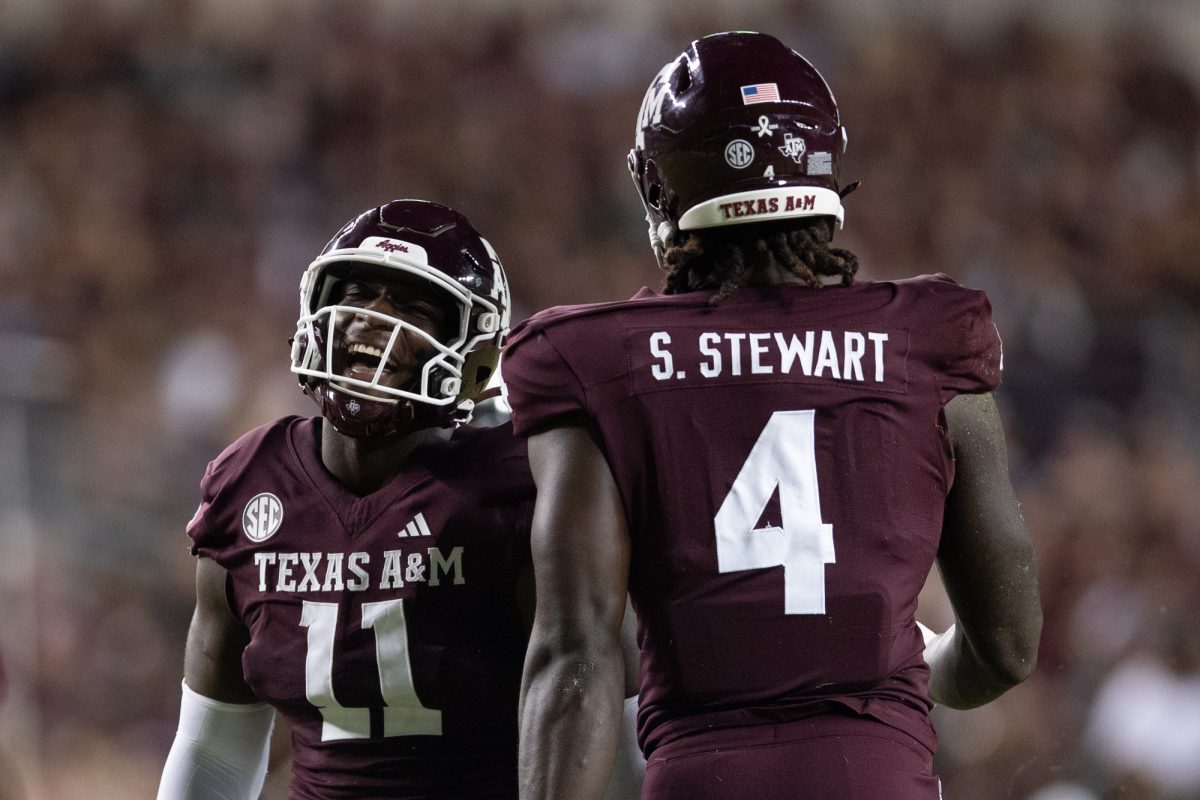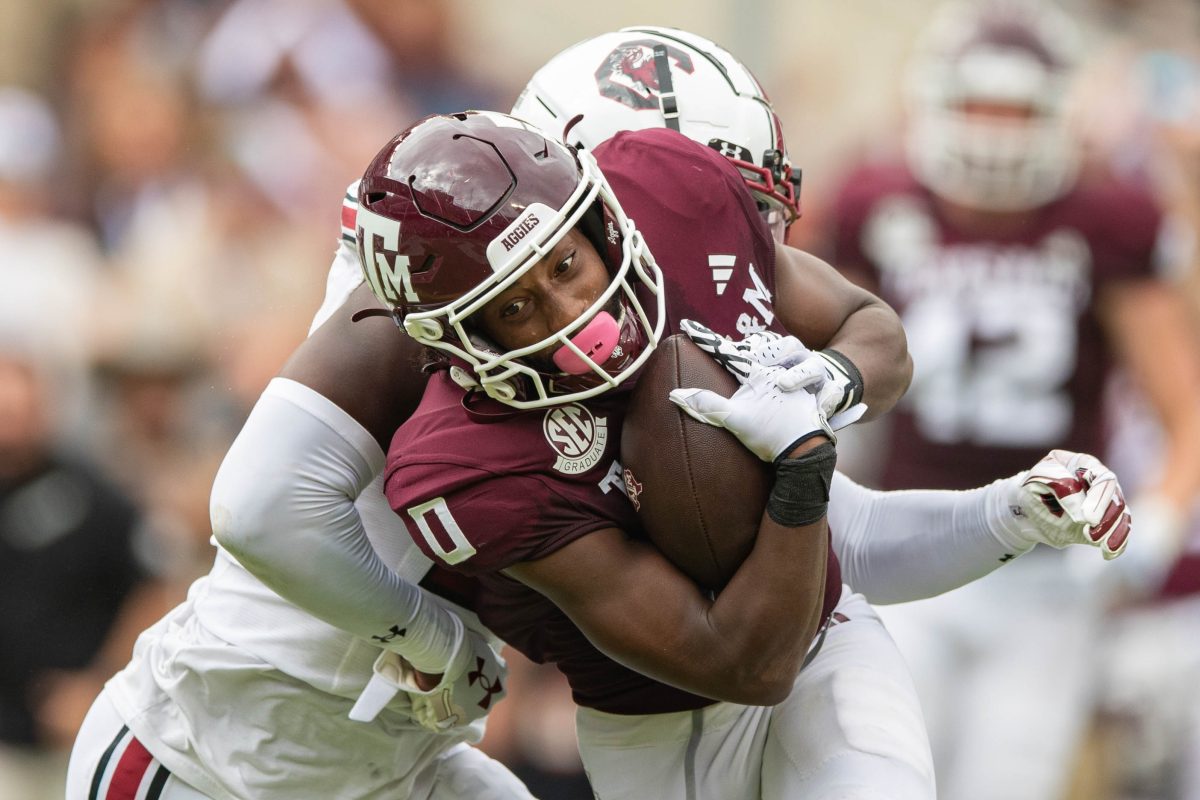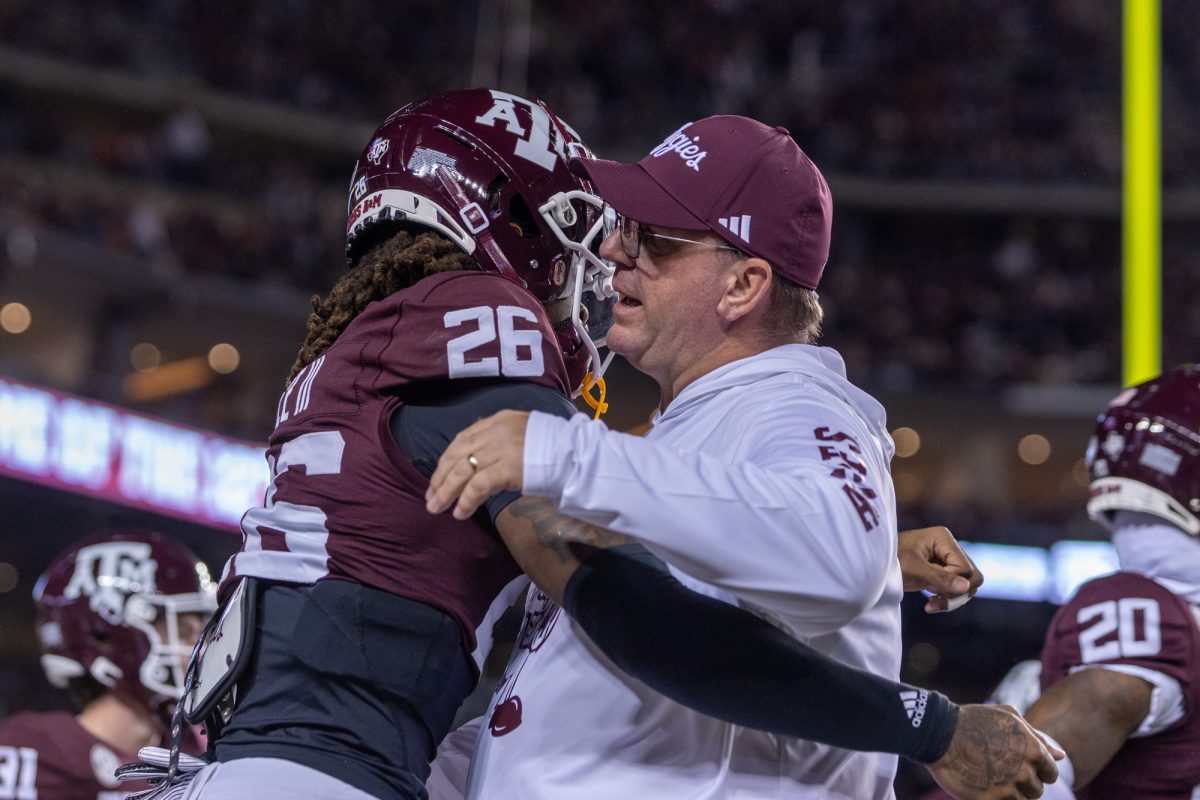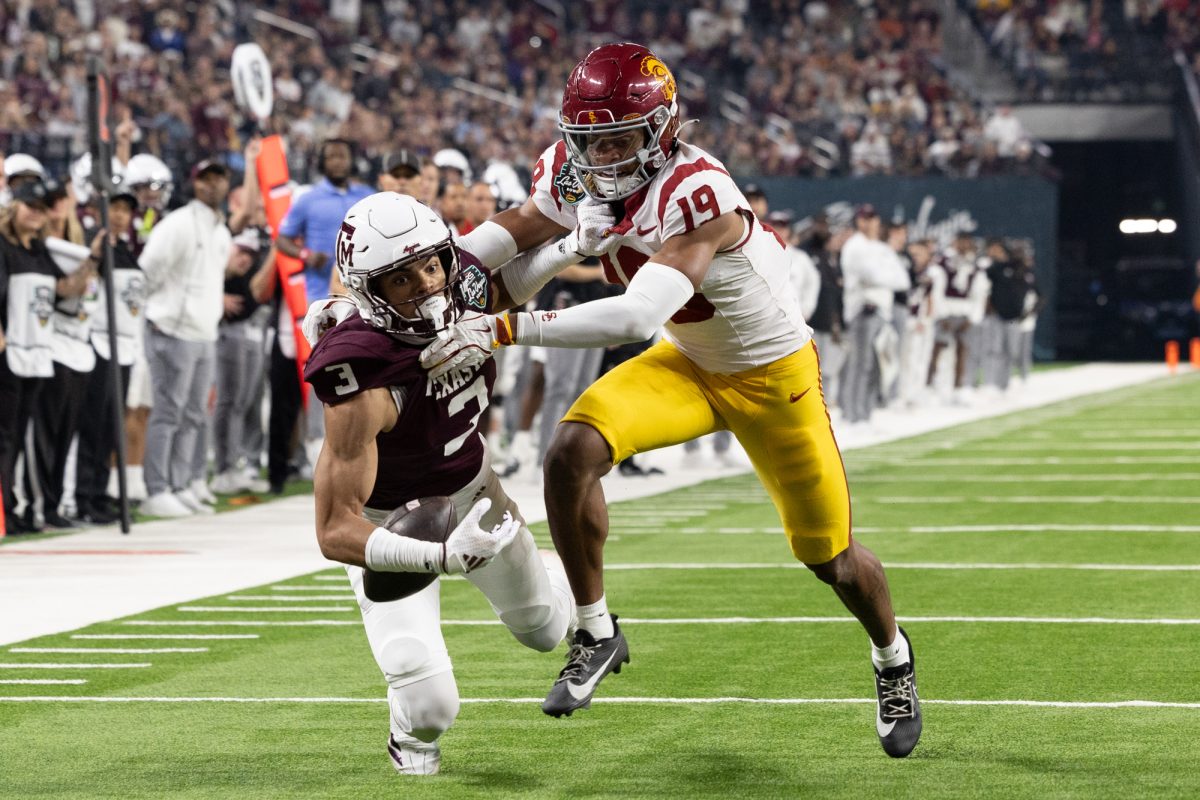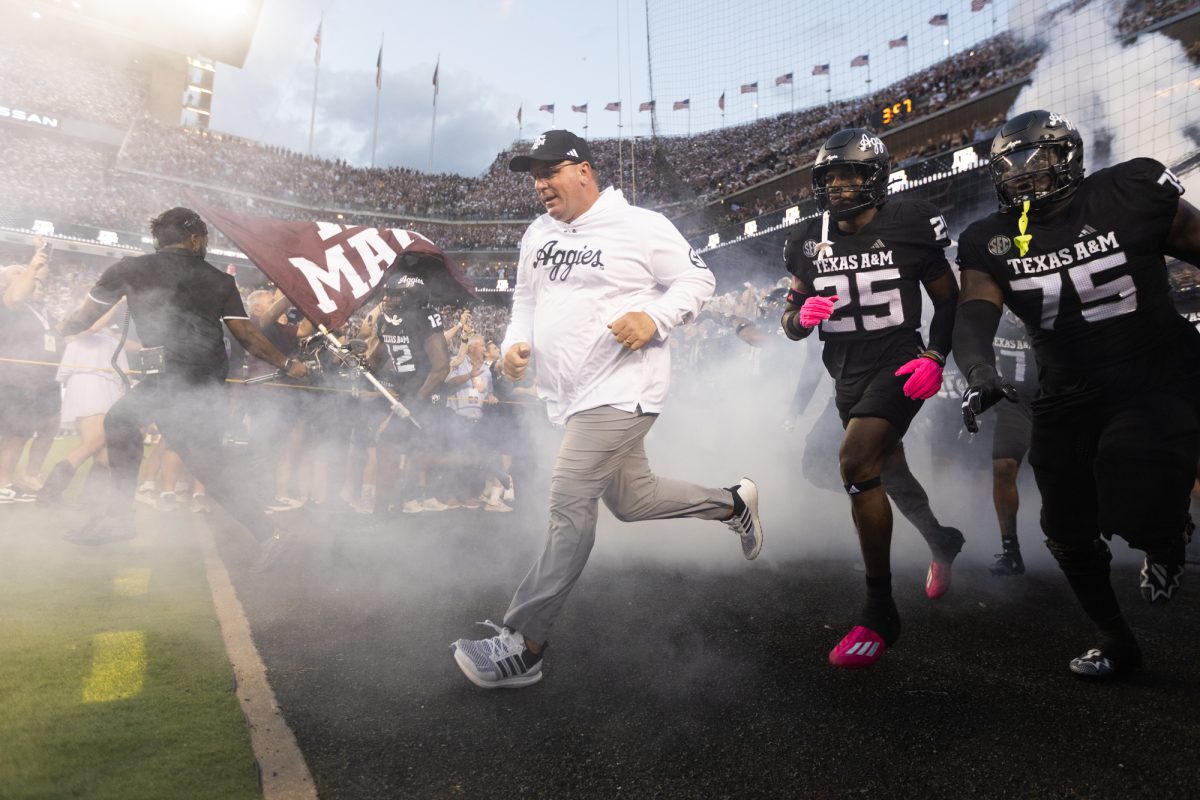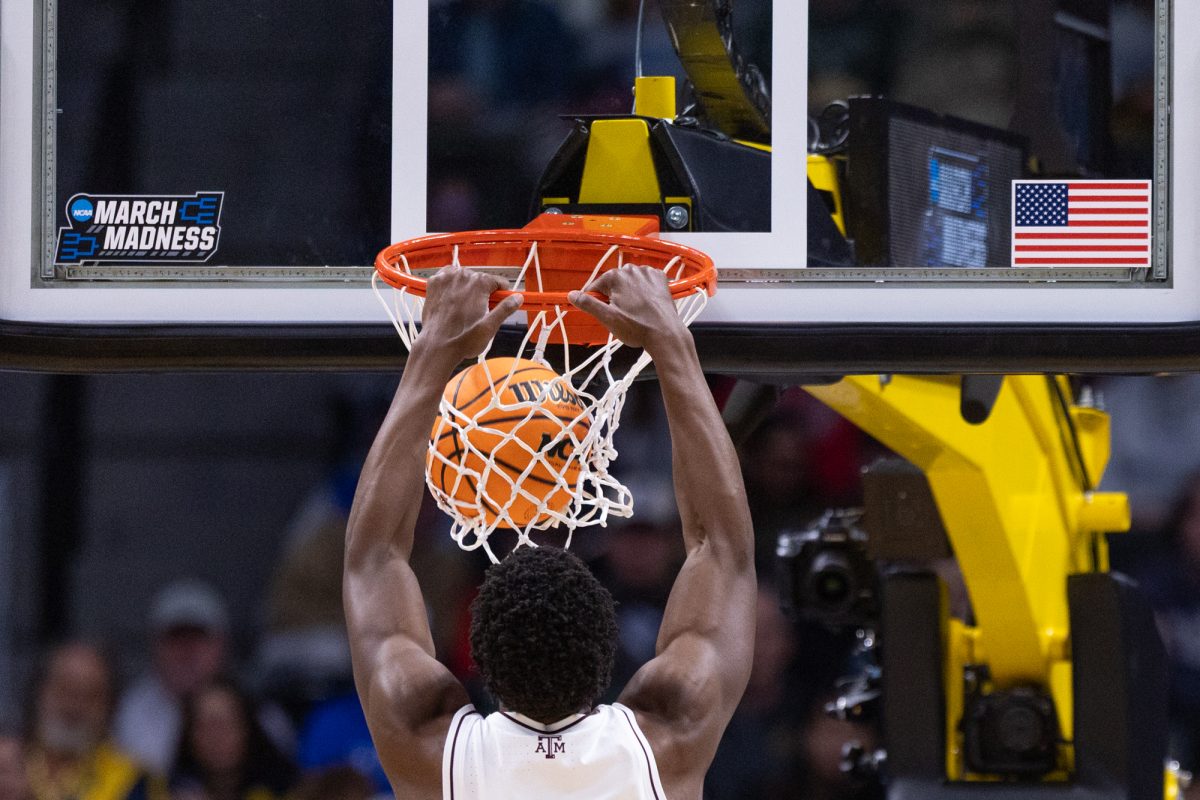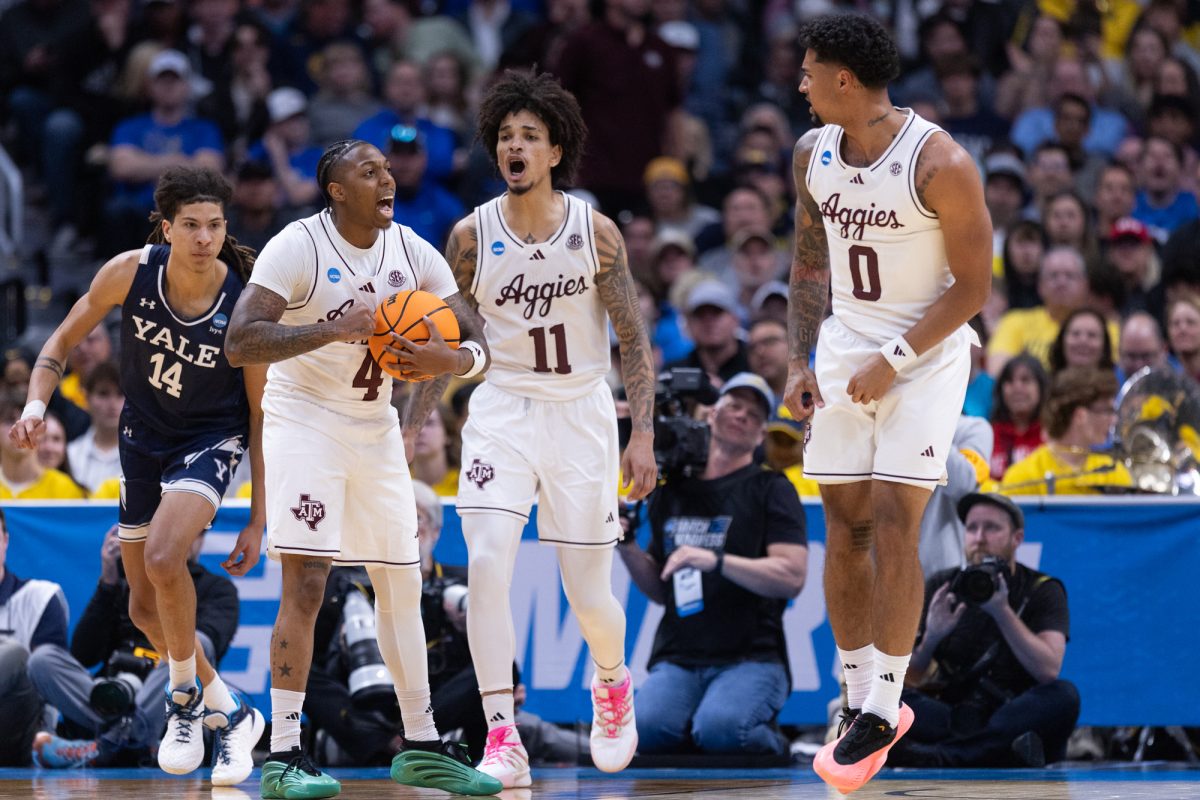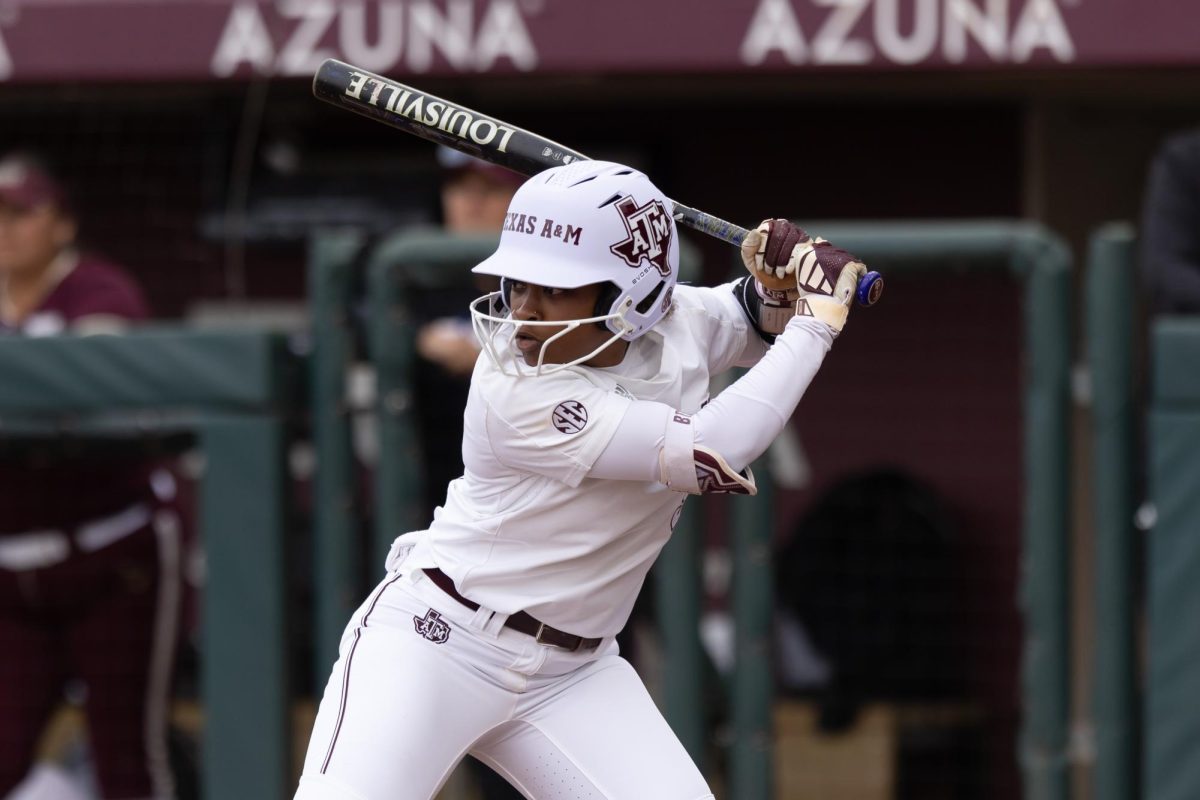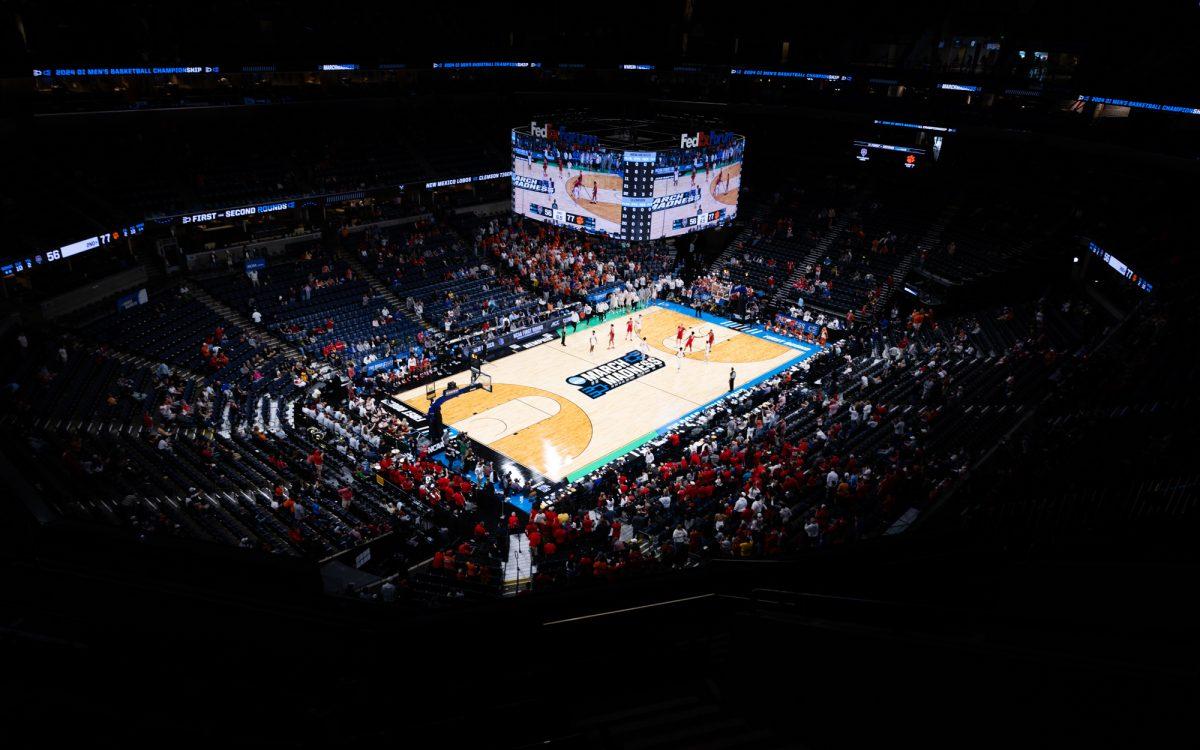Coach Mike Elko and every Aggie across the globe are looking forward to the Lone Star Showdown on Saturday, Nov. 30, when the 130-year rivalry against the University of Texas finally brews to a boil.
While the pair has yet to meet on the field in 13 years, the rivalry still feels alive and well. With huge implications for the Southeastern Conference Championship and College Football Playoff, all the expectation rides on the Aggies’ offense against the No. 2 total defense in the country, the Longhorns.
Looking at the ranks of the previous offenses Texas has faced so far, the only notable teams were Arkansas at 11th and UTSA at 19th competing in Conference USA. No offense to those at the sister school in San Antonio, but a weak non-power five conference offense cannot be compared to the likes of an SEC school like Arkansas.
For due diligence, Vanderbilt’s 27-24 showing against the Longhorns in Week 10 and Arkansas’ performance last week are two case examples to look at when evaluating how good the Texas defense really is.
Despite eventually winning by double digits against the Razorbacks, the defense looked lacking in the second half, giving up 10 points while letting the Hogs back in the game heading into the fourth, down by only a field goal.

While the Longhorns only allowed 231 yards of total offense, the real difference maker in their bout with the Razorbacks was the two turnovers. The first was an interception early in the game that led to a six play, 60-yard drive to the house while the second was a forced fumble in the final drive of Arkansas’ hopeful comeback attempt. Both helped change the momentum for Texas.
The closest margin for the Longhorns so far has come at the hands of the once-hot Commodores. In its 27-24 win, Texas allowed 269 yards of total offense but also gave away multiple high-potential plays which allowed Vanderbilt to stay in the game. The Longhorns also depended on their defense heavily in the last two quarters, only scoring off of two field goals while attempting to stall the Commodores. If it weren’t for Vanderbilt’s three turnovers, Texas could have easily suffered its second Top 25 loss against the team who is now eighth in the SEC.
Playing a clean game free of mistakes will be key for offensive coordinator Collin Klein’s game plan against the team tied for fifth in the country with 24 turnovers gained.
On the other side of the ball is the battle-worn and tested Aggie defense. Starting off with a season-ending injury to projected starting sophomore running back Rueben Owens, A&M’s coaching staff quickly transitioned to the next man up in junior RB Le’Veon Moss.
The Louisiana native quickly shined in his new role, amounting for 765 yards with 6.3 yards per carry en route to 10 touchdown rushes before suffering from the Aggie injury bug in the loss to South Carolina.
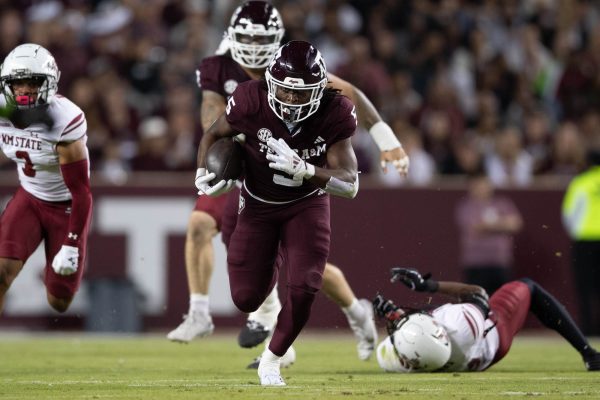
Now once again looking for the next backup, junior RB Amari Daniels has taken his nod of approval from Klein and ran with it — quite literally. The back has totaled 257 yards in the last three games, including three rushing touchdowns.
Another possible rushing element lies dormant in redshirt freshman quarterback Marcel Reed. The dual threat has been a reliable option, but not dominant — averaging 4.3 yards per carry in his 50 rushing attempts since replacing redshirt sophomore QB Conner Weigman against LSU.
Since Klein’s offensive scheme depends on the ability to move the ball on the ground, expect either Reed or Daniels to get the bulk of the action against a Longhorn defense which is the 13th best rushing defense in the country after 11 games.
With the Longhorns tied for 11th in the country with 33 sacks, Reed and the offensive line need to be wary of the young and hungry linebacker duo of freshman Colin Simmons and sophomore Anthony Hill Jr., who have combined for 14.5 sacks and 110 tackles.
Playing for more than just extra games, this rivalry is bound to have all the elements of a solid matchup when Texas comes to Kyle Field after Thanksgiving.




